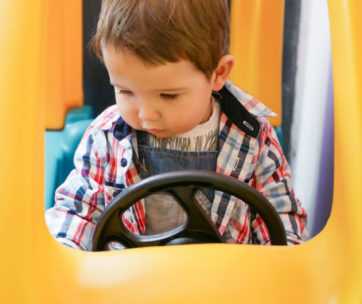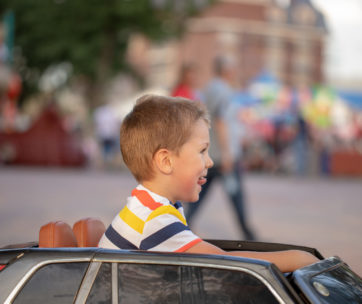BY Nick Bulanda
Published March 9, 2019
Motor skills are absolutely vital when it comes to childhood development. Without proper motor skills, children struggle with any type of movement. This includes both fine motor skills and gross motor skills. Each represents a different type of motion. Gross motor skills pertain to large movements of the body. This includes walking, running, and jumping. Fine motor skills pertain to smaller movements of the body. This includes the hands, fingers, and wrists, for example. Obviously, both are incredibly important. However, many parents overlook the importance of developing these skills. They do not even know about the many motor skills development stages. After all, this process starts at 2 months of age and spans until the age of 16. Here is what you need to know about each and every stage.
Infant Motor Skills Development Stage
According to Understood.org, the infant stages of motor skills development rest between 2 months and 1 year. During this time of development, children go from laying down flat to standing up with assistance. Around 2 months of age, children begin to move their arms and legs. Do not assist them. It is key they learn how to properly move their arms and legs. During the first 6 months, children will not develop any fine skills. It is all strictly gross motor skills.
Age: 4 Months To 12 Months
At the age of 4 months, kids begin to push up from the floor with elbows. They might even begin to move around their head to hold it up. Over the next two months, they begin to sit without any assistance. Furthermore, they begin to roll around. This is where some fine motor skills appear. Children begin to move objects from hand-to-hand. They may just begin to grab objects as well!
By 9 months of age, kids really begin their movement. Most importantly, this includes crawling around. Their arms begin to reach for objects as well. On the other end, their fine motor skills allow the grappling of small items and even some food. Now, their fine motor skills are not just done yet.
Finally, the infant motor skills developments stages end at 12 months of age. This is when your kid will begin to shake and throw things. Kids begin to stand up with some support. Maybe from you or a piece of furniture that props them up. They might even stand up without any extra assistance. Most importantly, look for them to begin drinking out of their sippy cup without any help. This is when you can prepare for the next stage of motor skill development.
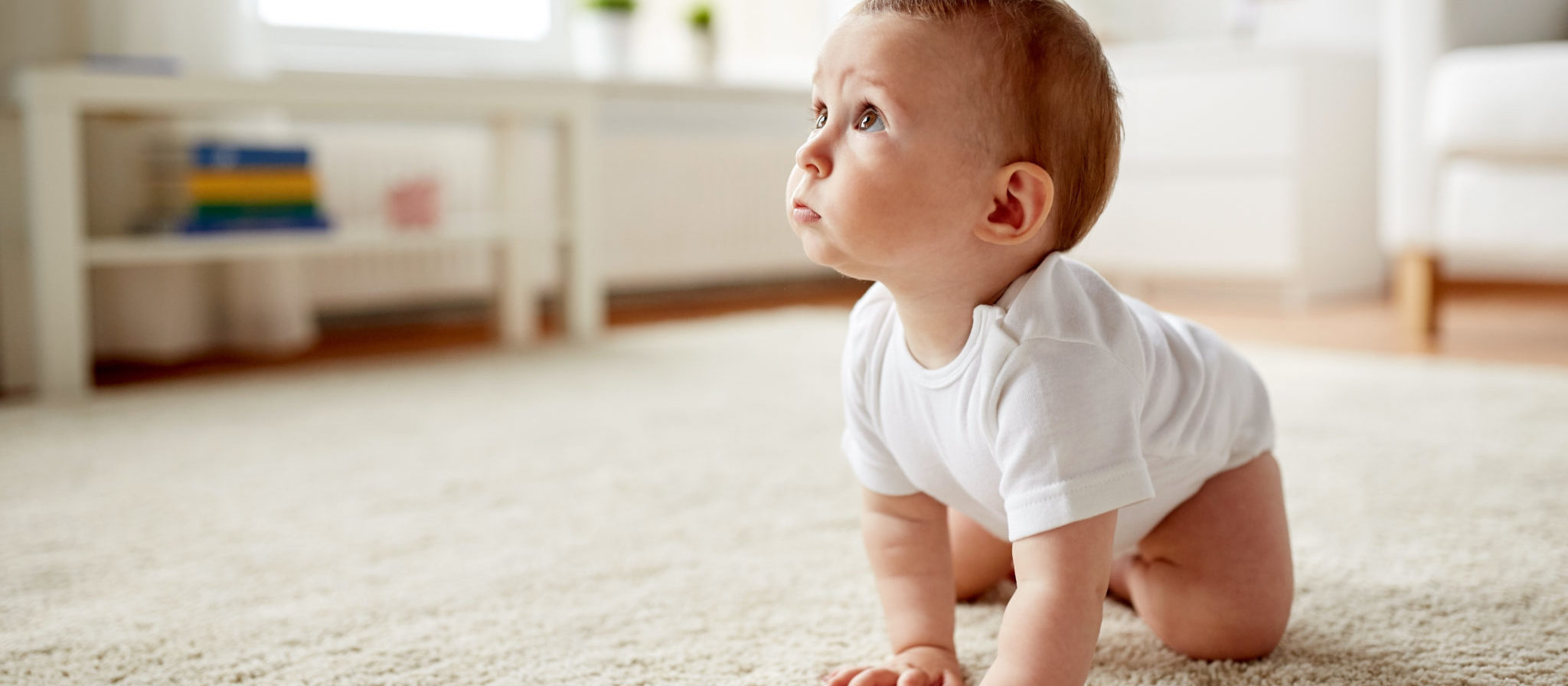
Toddler Motor Skills Development Stage
The span of the toddler stage starts at 18 months and will end at about 4 years of age, on average. It may be shorter for some children, it may be longer than others. In this span of time, children develop some of the most important skills. This includes jumping, using forks, solving complex problems, and enhancing their hand-eye coordination. It is important you really lock in during this key phase of development. After all, their future will certainly be affected by it.
Age: 18 Months To 2 Years
The most important development in this stage certainly involves walking. Obviously, we do not need to extensively cover why walking is essential. Just know that children will go through this phase at about 18 months of age. It is best you provide them support, positive reinforcement, and encouragement. Make sure you take plenty of pictures and videos for the memory books too!
Some children are quick to learn how to run. Others are not. Let them eventually run at their own pace. Plus, they might begin to try and traverse stairs all the same! It is important you do not rush them through this process. Children must learn to develop their gross motor skills without constant catering.
Now, in this same time span children develop some essential fine motor skills. They begin to hold items. This can include forks and spoons for food or even a crayon or marker. Either way, they develop a sense of grip. Obviously, this plays out later in life when it comes to writing and eating. So work with them on a daily basis to hold crayons and markets. Find safe plastic spoons and forks that are specifically for kids too.
Age: 3 To 4 Years
Next, the years of 3 and 4 offer so much more. Children begin to combine together fine motor skills and gross motor skills. This includes jumping and cognitive thinking skills. For example, give your kid a puzzle. They might able to figure it out without any assistance. They also begin to use door handles without any issue.
Get ready for jumping and the ability to walk upstairs. Children learn so much about their larger body movements. Therefore, it is wise to take them out to a park. Furthermore, let them try out some kids motorized cars at this age too. This is going to absolutely enhance their fine motor skills and spatial awareness. They will enjoy wondrous benefits while also having some serious fun.
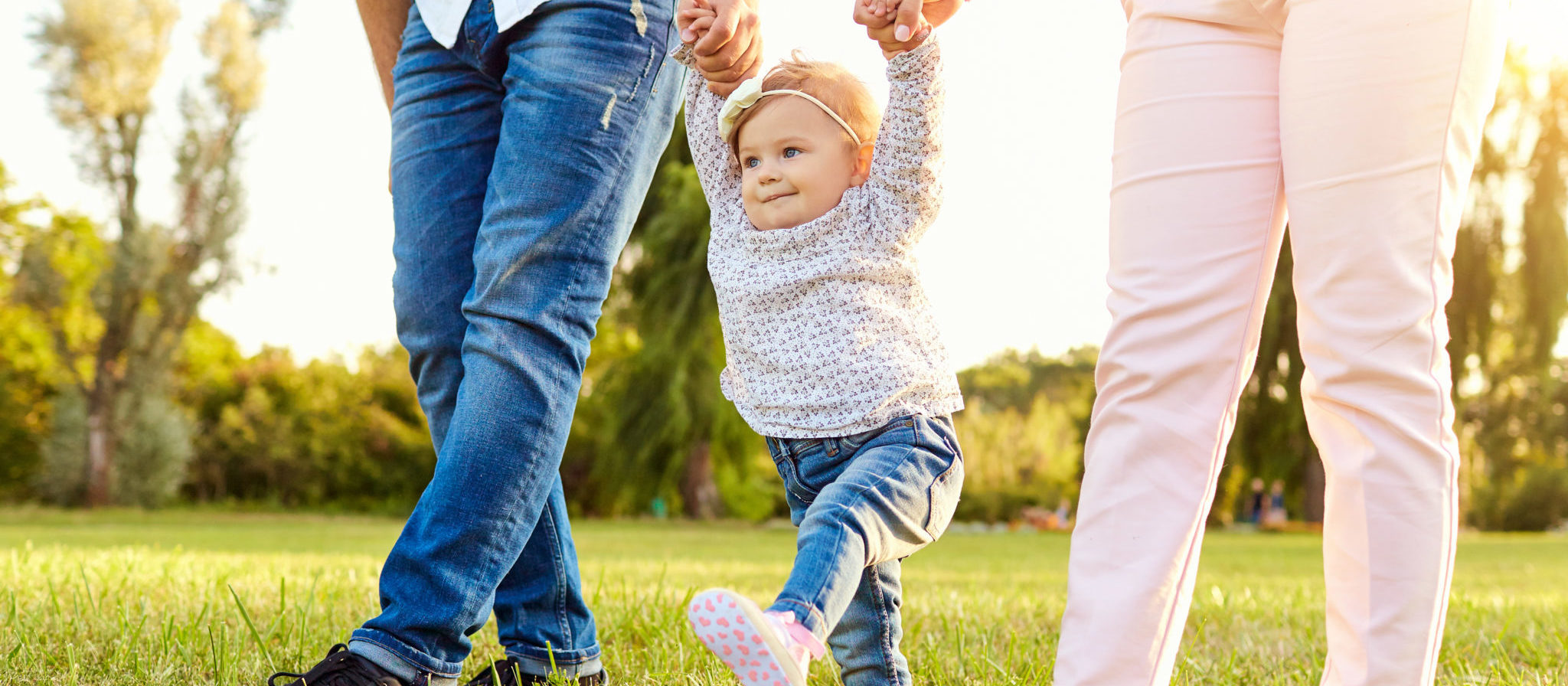
Grade School Motor Skills Development Stages
This stage encompasses all of the grade school ages. As a result, it covers age 5 to age 10. You cannot overlook this important stage. Yes, all stages are important. But, in this particular stage, children develop skills and habits that last for a lifetime.
Age: 5 To 6 Years
Now, at the age of 5 children are running and jumping. They also learn how to hop and skip. Some children begin to develop hand-eye coordination skills that allow throwing and catching of a ball. They even learn how to kick a ball as well. Also, children learn how to write letters and how to draw shapes. Most importantly, children brush their teeth and use forks/spoons. Pay special attention to this age range for your children. This is one of the most important motor skills development stages.
Age: 7 To 8 Years
Ah yes, the bike riding age. Time to buy a bike and some safety equipment. Always start with a bike that has training wheels. Then, wane off the training wheels. Let kids learn how to ride a bike without excessive assistance. This is a big accomplishment for them. Best of all, you enjoy one of the proudest parent moments possible. During this period, teach them how to make their bed!
Age: 9 To 10 Years
Children already know how to tie their age at this point, which is a huge fine motor skill development. Now, let them expand into some bigger, hand-eye coordinated activities. The best example involves playing a sport! What are they interested in? Soccer? Football? Basketball? Whatever they want to try, let them try it. They may just develop a life-long love of a sport. On the other hand, they might be a little more on the creative side. Well, at this point they can easily begin to draw bigger and better pictures.
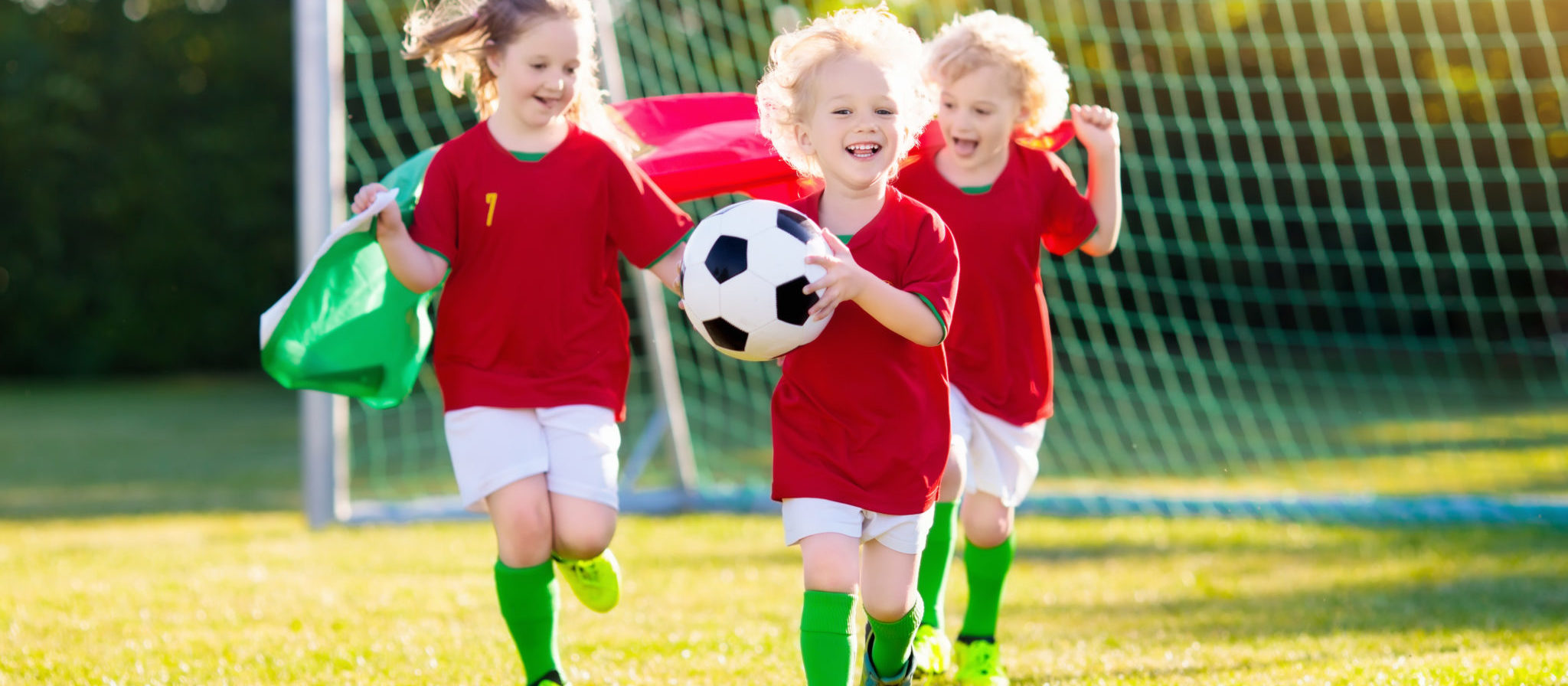
Youth Motor Skills Development Stages
We are at the last stop! This is the final stage of development for motor skills. At the end, your child has grown into a teenager. Then, they are ready to take on the world.
Age: 11 To 15 Years
Here come the growth spurts. Be ready for some clunky and cumbersome movements. It is only natural. Especially for kids that grow a lot. You remember the really tall kids from middle school. They were not always the most coordinated kids. Have some patience throughout this process. Get them involved in some sports and physical activities. Both boys and girls benefit from playing sports. Most importantly, they expand their social and communication skills.
Age: 16 To 18 Years
Bigger bodies, more agility, and better movement. Kids have grown out of their awkward phase. No more weird and cumbersome steps. They are ready for all types of serious physical activity. In particular, they will probably enjoy team sports. However, some teens are more creative than others. So they might go for a fine motor skill, creative activity.
Lastly, at age 15 teenagers develop the most important ability, spatial awareness. Think about this in terms of driving. Teenagers understand where they are in comparison to other physical objects. We mentioned providing children with a ride on car earlier. Well, this is where the benefits of playing with remote control Power Wheels Jeep toys comes around. Children that play with ride on cars at an early age already develop spatial awareness. Plus, they understand the concept of driving a vehicle already.
Tying It All Together
The importance of childhood development obviously goes beyond just motor skills. This can include but is not limited to social skills and communication skills. But, parents should never overlook the value of motor skill development. Especially considering its total value in a child’s future. Take time to work alongside your child to develop these skills. It is no difficult. Simple play time is one of the easiest ways to do so. Best of all, you can spend quality time with your kid. Take them to the local park and let them play with others. There is so much fun to be had with all of the kids ride on toys.
